Optimizing Your E-Commerce Conversion Rate: Analyzing and Improving Traffic Quality
Variable #1: Traffic Quality If you sell pencil sharpeners, and most of your traffic is redirected from a Youtube video that shows a guy balancing a pencil sharpener on his nose, it’s not very likely that the visitors to your site are interested in purchasing pencil sharpeners. Your bounce rate will likely be sky-high. I […]
